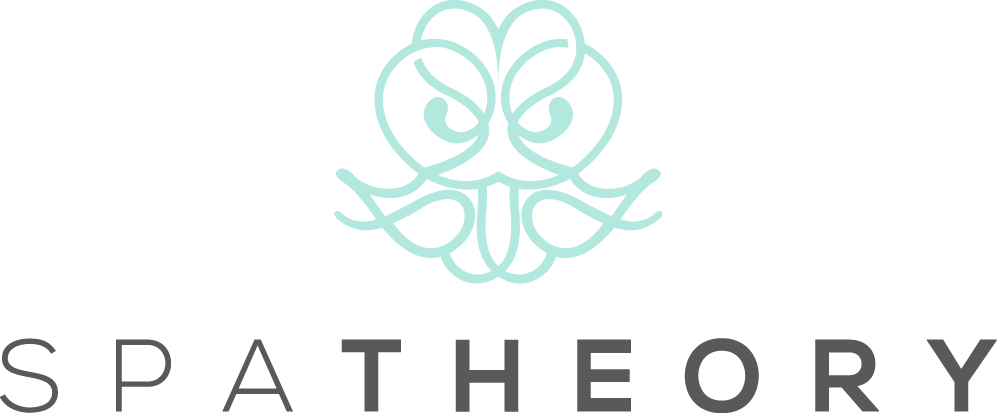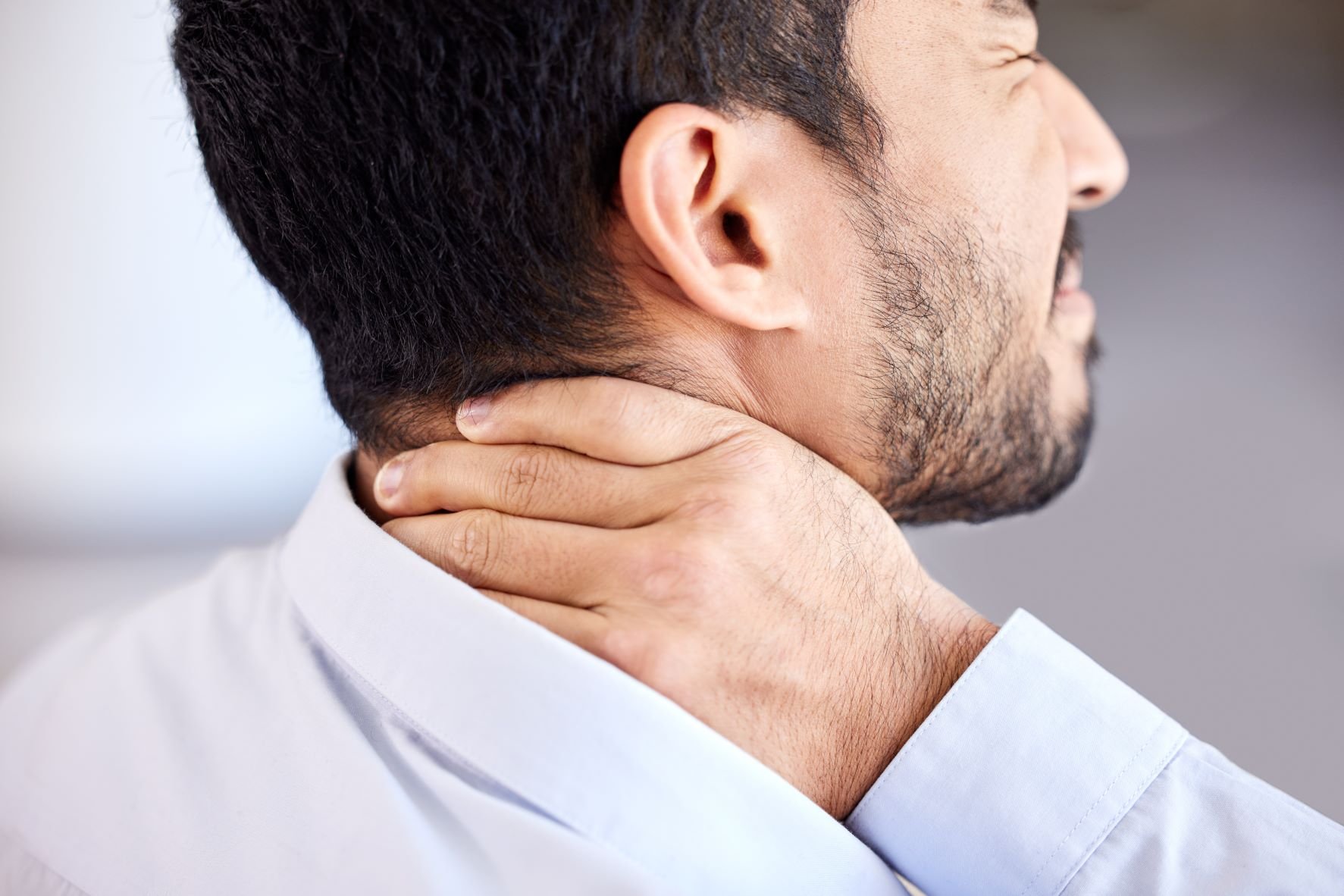What Is a Cranial Sacral Massage? | Advanced CranioSacral Therapy Explained
When you search “what is a cranial sacral massage” or “cranial sacral massage”, you may find descriptions of it as a gentle, hands‑on bodywork modality designed to release fascial tension, support cerebrospinal fluid rhythm, and promote deep relaxation and pain relief.
Also called Craniosacral Therapy (CST) or cranial‑sacral therapy, this treatment focuses on balancing the craniosacral system—the interconnected membranes and fluid surrounding your skull, spine, and sacrum. This guide explores the science, techniques, and real‑world benefits and risks of cranial sacral massage.
Understanding the Craniosacral System & Terminology
The craniosacral system refers to the soft layers (membranes) and the cerebrospinal fluid that flow from the cranium (your skull) down through the spine to the sacrum (the tailbone area). Therapists trained in cranial sacral technique, craniosacraal therapie, cranio sacrale, or sacro cranial chiropractic believe they can sense tiny rhythmic movements in this system. They use very light touch with their hands to feel and gently help restore the natural flow and balance of that fluid system.
How Does Craniosacral Therapy Work?
CST is based on the idea that light touch helps release restrictions in connective tissue (fascia), particularly around the craniosacral system. Craniosacral Therapy uses gentle hands‑on techniques (like the swedish massage) to assist fascia release, improving the circulation of cerebrospinal fluid and supporting nervous system modulation and parasympathetic activation.
Proponents describe detection and normalization of restricted cranial fascia, manipulation of a so‑called cranial pulse, and overall cranial‑nervous balance or cranio fascial therapy. These techniques include gentle palpation of cerebrospinal fluid rhythm and fascial release around skull and sacrum to promote cranial balance.
Key Techniques and Upgrades in Cranial Sacral Massage
There are different schools and approaches in CST:
A manual cranial sacral massage often involves light pressure on key areas like head, neck, spine, and sacrum while the client remains fully clothed.
Craniosacral fascial therapy emphasizes release of connective tissue restrictions (fascia) using soft touch and minimal force.
Sacro cranial chiropractic integrates CST techniques with chiropractic adjustments for spinal and cranial alignment.
Advanced or upgraded protocolssometimes marketed as cranial sacral massage upgrade or advanced craniosacral therapy—may include more systematic sessions, extra attention to craniosacral nerves and structures, and integration with structural bodywork.
What to Expect in a Session – Before & After
Before the session
You’ll fill in a health history form and discuss your symptoms, prior injuries, or goals with the therapist. Wear loose, comfortable clothing since the treatment is done fully clothed, often in a dim, relaxing environment with soft music.
During the session
A typical session lasts about 30–60 minutes, during which the therapist uses pressure of about five grams, roughly the weight of a nickel to palpate head, sacrum, and other areas. They may hold your feet or skull gently to sense and correct fascial restrictions or cerebrospinal flow.
Clients report sensations of deep relaxation, warmth or coolness, mild tingling, and even pulsations or vivid memory recall in some cases.
After the session
Many people feel calm, rested, or lightly drowsy. Some experience lightheadedness or mild discomfort, typically resolving within 24 hours. Staying hydrated and moving slowly afterward is recommended.
Benefits vs. Risks & Side Effects of Cranial Sacral Massage
Benefits
Therapists and case studies suggest CST may offer:
Relief from headaches, migraines, neck/back pain, TMJ, post‑concussion symptoms, fibromyalgia, neuralgia.
Reduction in stress, anxiety, improved emotional balance, and activation of the parasympathetic nervous system.
Improved quality of sleep and general wellbeing.
Risks & Side Effects
Common side effects include mild discomfort, fatigue, or dizziness, usually short‑lived. Contraindications include:
Recent concussion, cranial injury, skull fracture, or brain surgery
Brain swelling, aneurysm, Arnold‑Chiari malformation
Blood clots, cerebrospinal fluid pressure issues.
Young infants under 2 or individuals with serious neurological conditions should use caution.
A 2012 systematic review (Jäkel & von Hauenschild) found only seven studies meeting inclusion criteria, reporting positive outcomes for pain and wellbeing, but rated overall low‑moderate quality and concluding more research is needed. Another recent (2024) meta‑analysis including 15 RCTs concluded no statistically significant clinical improvements in pain or disability for conditions like headache, neck pain, low back pain, fibromyalgia, or infantile colic.
Conditions That May Benefit from Craniosacral Therapy
Practitioners and anecdotal users commonly mention CST as potentially helpful for:
Chronic pain, migraines, neck/back pain, fibromyalgia
TMJ issues, post‑concussion syndrome
Anxiety, stress, sleep difficulties, tinnitus
Infant colic and developmental support in young children.
Who Should Avoid It or Use Caution
Avoid or consult a qualified medical provider before CST if you have:
Recent cranial injury, brain surgery, skull fractures
Brain aneurysm, cerebral hemorrhage, Arnold‑Chiari malformation
Active infection in craniosacral membranes or serious neurological diseases
Infants under age two without medical clearance.
Certification, Training, and How to Choose a Therapist
Becoming certified in CST or cranial sacral massage typically involves training through institutions like the Upledger Institute or other osteopathic/massage therapy schools. Licensed professionals may include trained massage therapists, chiropractors, osteopathic physicians (DOs), or physical/occupational therapists certified in craniosacral protocols.
Checklist when choosing a therapist:
Accredited certification
Experience with your particular condition
Positive client reviews or testimonials (keyword‑rich: “before and after craniosacral therapy”)
Scope of practice (e.g. sacro cranial chiropractic if you're seeking spinal integration)
Transparent fees and session structure
Difference Between Cranial Chiropractor vs. Fascial Therapist?
A craniosacral fascia therapist focuses on gentle fascial and fluid release.
A cranial chiropractor may integrate spinal and cranial adjustment techniques alongside CST-style light touch.
Final Thoughts
Cranial sacral massage, or Craniosacral Therapy (CST), is a gentle, noninvasive modality designed to support the body’s natural healing by releasing fascial tension and enhancing fluid rhythms. Practitioners claim help with headaches, stress relief, pain conditions, and emotional balance. Some people experience profound relaxation and symptom improvement after sessions.
However, multiple systematic reviews and a recent meta‑analysis show minimal reliable evidence that CST leads to significant improvements in pain or disability. Because of its shaky basis in anatomy, inconsistent diagnostic reliability, and lack of robust evidence, critics call it pseudoscience and warn that its therapeutic claims are not scientifically validated.
For those interested in trying CST or looking to integrate cranial sacral massage into holistic health routines, it’s critical to select a qualified, certified provider, discuss any contraindications upfront, and use it as a complementary therapy rather than standalone treatment for serious conditions.
FAQs
What is craniosacral vs. cranial sacral?
These terms are interchangeable. “Cranial sacral massage” and “craniosacral therapy” both refer to CST techniques using light touch to release fascial and fluid tension.
Is cranial sacral massage right for me?
If you’re seeking stress relief, headache or chronic pain support, and have no contraindicated conditions, CST may be considered. Always consult with a medical provider if you have structural or neurological concerns.
Can it help babies? (cranial sacral massage baby)
Some parents use CST for infant colic or feeding issues under supervision. However, infants under age two should only receive CST after medical advice due to safety concerns.
How many sessions needed?
Many clients begin with 3–5 sessions over a few weeks. Some experience early relief; others need multiple treatments to see meaningful change.


